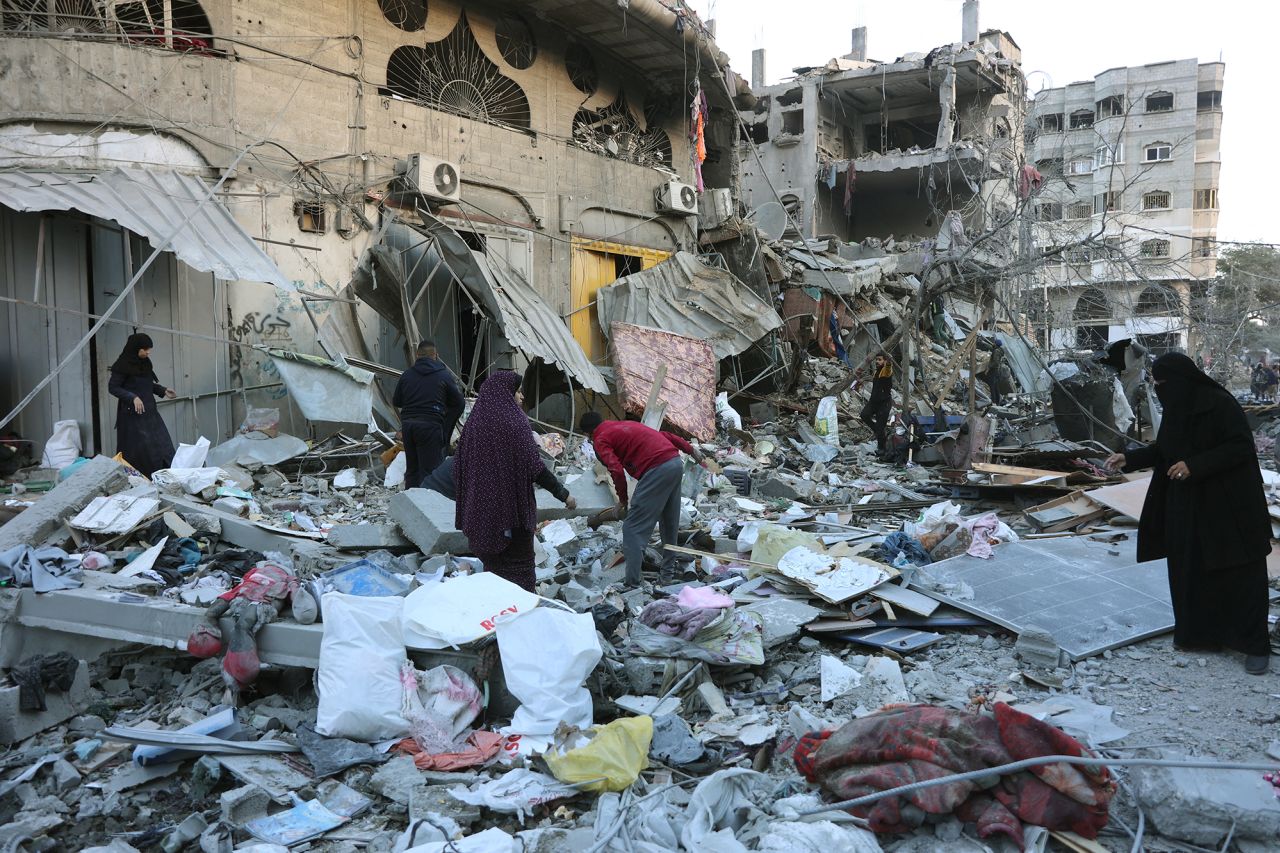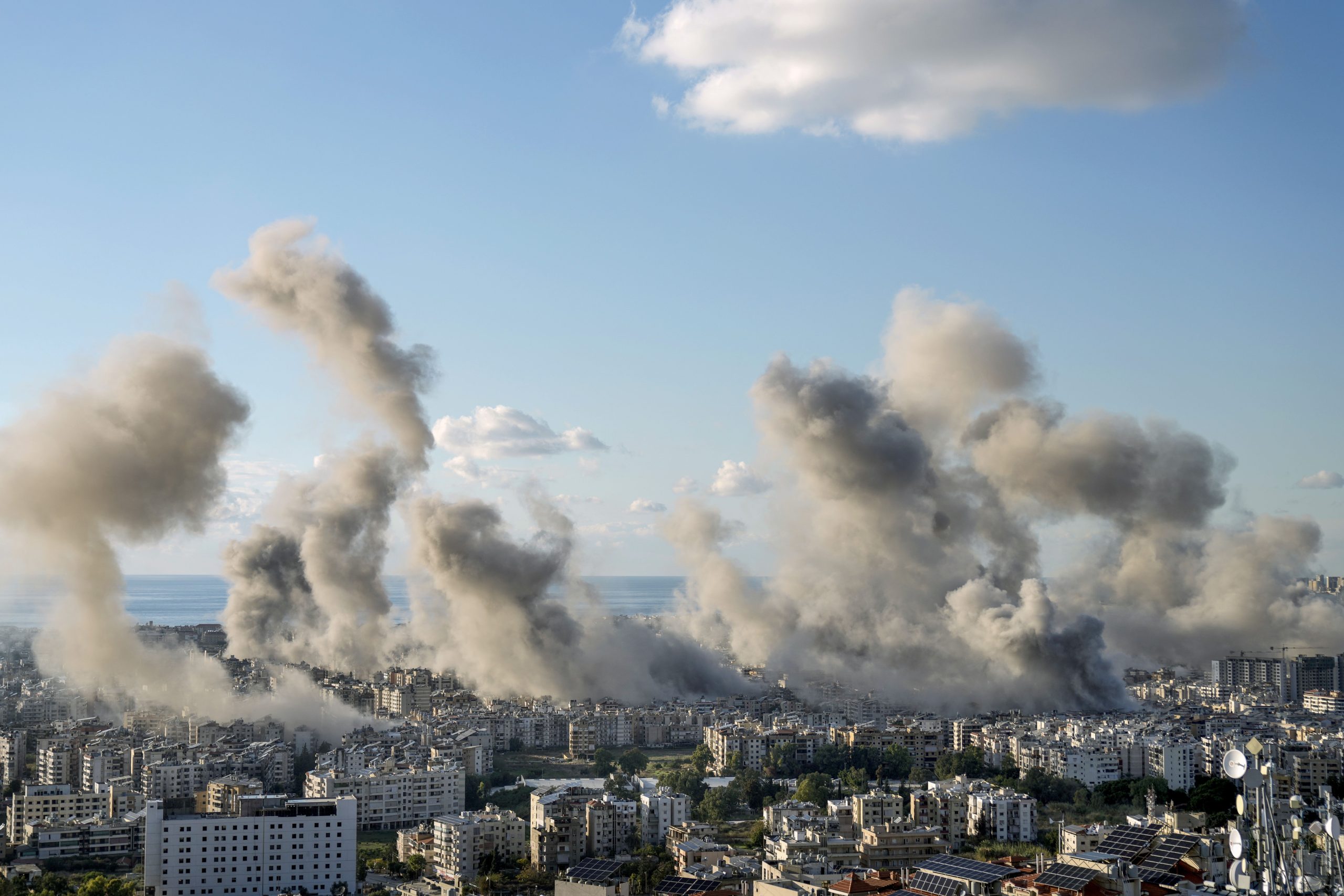Syrian rebels have initiated a large-scale assault on regime forces in western Aleppo, marking the most significant escalation since 2020. The offensive, termed “Deterrence of Aggression,” was announced by opposition factions in response to recent regime artillery attacks.
Rebels reported seizing 13 villages, including critical locations like Urm Al-Sughra, Anjara, and Base 46, the largest regime stronghold in the area. They also claimed to have killed 37 regime troops and militia members, though these numbers remain unverified.
This surprise attack represents a breakdown of the relative calm established by a 2020 Russia-Turkey ceasefire agreement. Rebel forces declared they had liberated the town of Urm Al-Kubra, west of Aleppo, after intense fighting against Assad’s forces and their Iranian allies.
They also announced a targeted strike on a regime helicopter at Al-Nayrab Airport. Videos circulating online depict combat scenes and celebrations in liberated areas, though their authenticity has not been confirmed. Pro-regime media have provided limited acknowledgment of the clashes.

Western Aleppo Sees Fiercest Clashes Since 2020 as Syrian Rebels Target Regime Forces
The renewed fighting has prompted fear among civilians in regime-held Aleppo neighborhoods, with residents of wealthier areas like New Aleppo reportedly fleeing. The offensive brings together a diverse coalition of opposition factions, including Islamic groups and the Free Syrian Army, which has received prior backing from Western and regional powers. This resurgence of rebel activity underscores the fragility of the long-standing ceasefire and ongoing tensions between opposing factions in Syria.
Syria’s civil war, which began in 2011 as part of the Arab Spring, has evolved into a multifaceted conflict. Initially sparked by Assad’s suppression of pro-democracy protests, it escalated into a full-scale war involving various factions, including the Free Syrian Army. Over the years, regional and global actors such as the US, Russia, Iran, and Saudi Arabia have intervened, transforming the conflict into a proxy war. The emergence and subsequent decline of ISIS added another dimension to the prolonged violence.
The conflict has devastated Syria, with over 300,000 civilian deaths and millions displaced, according to the United Nations. While the 2020 ceasefire had brought a semblance of stability, sporadic clashes have persisted. This latest offensive reveals the underlying instability and unresolved grievances, signaling the potential for further violence despite years of relative dormancy.











































